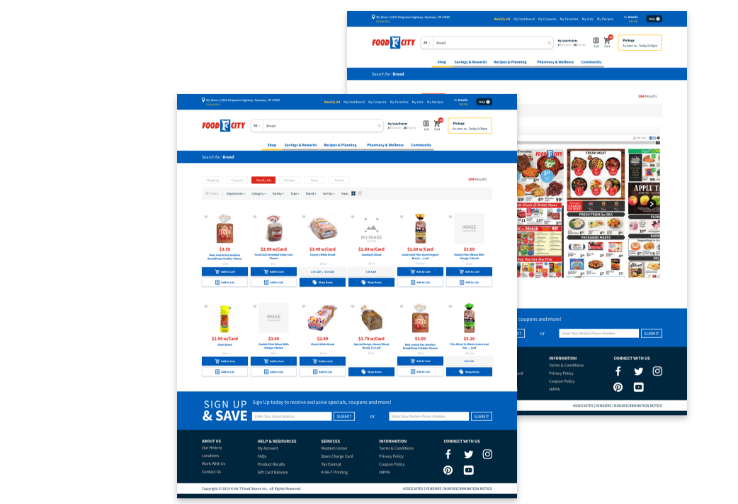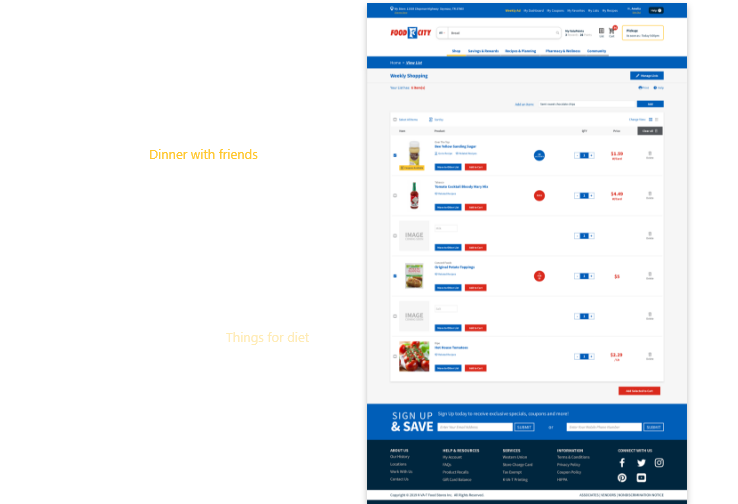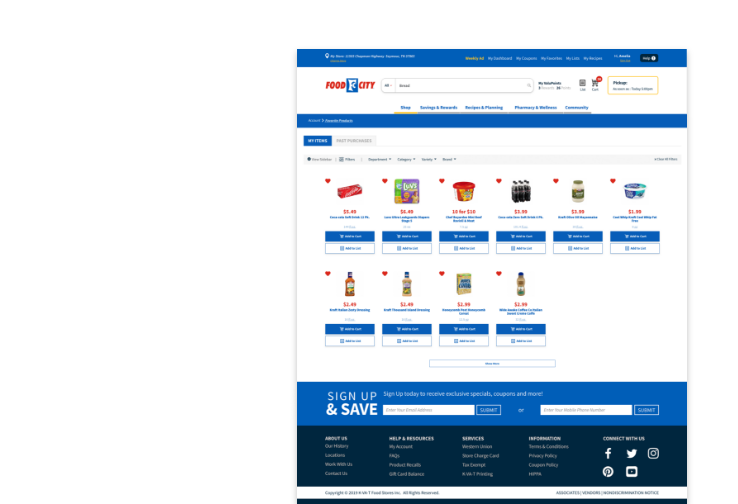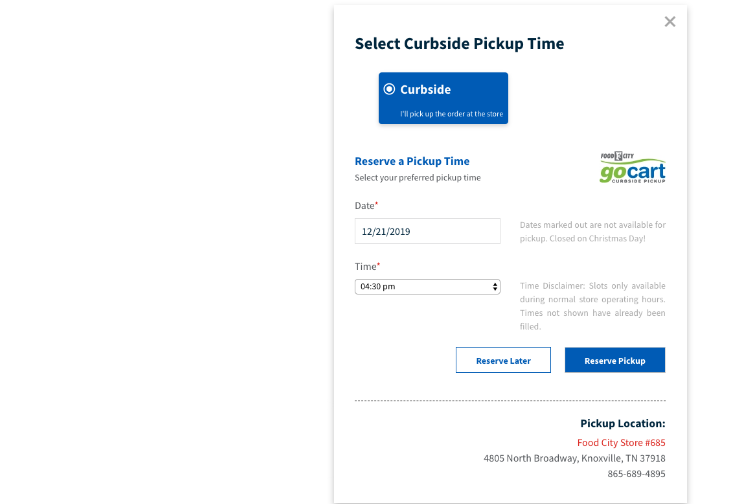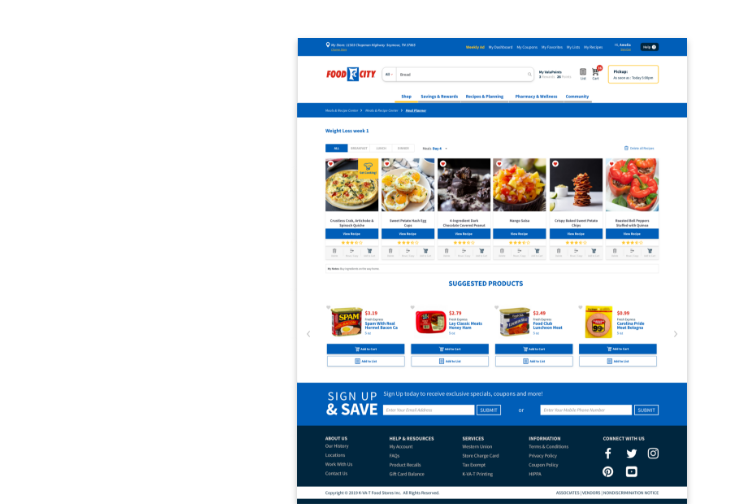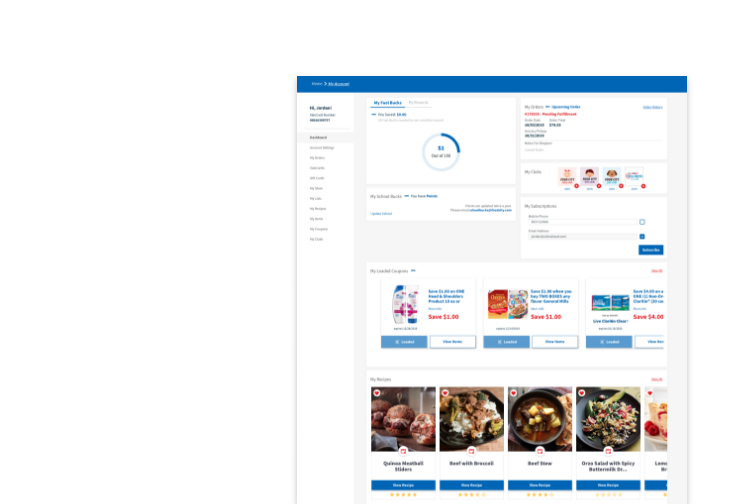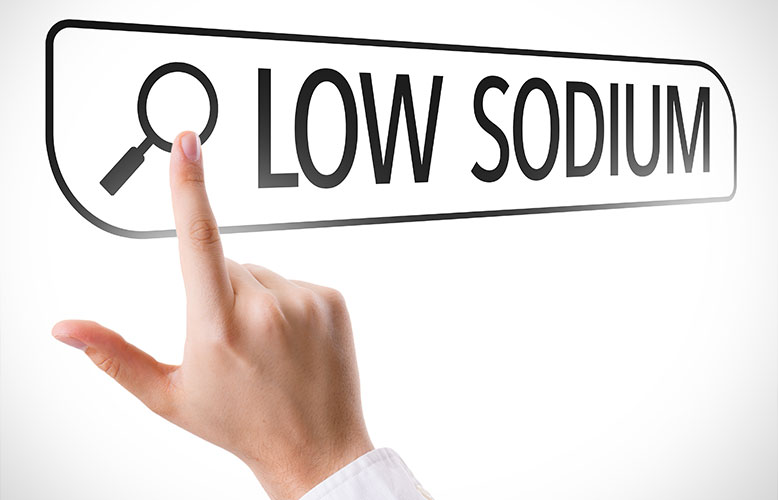
Wellness Club — Sodium Smart Tips
Abingdon, VA. -
Saturday, Feb 1, 2025.
Written by: Nicole Pazdziorko, RDN, LDN
Most heart disease can be prevented with healthy lifestyle choices, yet it continues to be one of the top health threats in the world. High blood pressure contributes to the development of heart disease by putting excess strain on the heart muscle and damaging the blood vessels over time. Lifestyle factors like stress, sleep, smoking, and diet all impact our risk of high blood pressure.
One key component of our diet that plays a big role in blood pressure health is sodium. While we need sodium in our diets for our body’s fluid balance, nervous system, and muscle contractions, too much of it causes water to be pulled into the blood vessels, increasing blood volume. This increase in blood pressure can injure the blood vessel walls and speed up the build-up of plaque in the arteries, increasing risk of heart attacks and strokes. The general healthy population should keep sodium intake to less than 2300 milligrams per day, while those who have high blood pressure or who are considered at risk, should aim for less than 1500 milligrams per day.
Flavor Without Adding Salt
Salt is one of the key factors for imparting flavor and texture when cooking, but a single teaspoon of salt contains your entire days' worth of sodium, so a tip when cooking is to flavor food with spices, herbs and citrus. Basil, rosemary, thyme, chili powder, garlic, dill and cilantro are a few spices that can transform a bland dish with bold flavors. Alternatively, look for salt-free seasoning blends, like Food Club Garlic and Herb or Southwest that offer a ton of flavor without contributing more sodium.
Eat More Fresh and Unprocessed Foods
Table salt isn’t the only source of sodium in our diets. In fact, most of our sodium comes from highly processed foods like breads, wraps and tortillas, chips, pretzels and crackers, canned soups, deli meats and cheeses, condiments, dressing and sauces, and pickles. To help keep sodium in check, aim to eat lots of fresh foods with no added salt. Fruits, vegetables, beans, nuts and whole grains are naturally low in sodium in their fresh form, making them heart smart choice. Additionally, these choices provide beneficial minerals that actually work to lower blood pressure, like potassium, magnesium and calcium. When meal planning, start building your menu with these foods first so that they account for the bulk of the plate, then add in other ingredients as needed.
Look for Lower Sodium Alternatives
For frozen and canned vegetables and broths, choose options that are labeled No Salt Added. Instead of frozen vegetables in a sauce, try plain steamable vegetables and season at home with fresh herbs and spices. When selecting deli meats, try turkey, chicken or roast beef over salami and bologna. For sauces, condiments and soups, look for options with less sodium than traditional, and try swapping salty snacks like chips or crackers with unsalted popcorn and nuts, or fresh vegetables with hummus or yogurt dip. To easily locate better options on Food City shelves, look for the Low Sodium and Heart Healthy shelf tag icons.
You can easily identify better for you foods when shopping Food City’s Pick Well tags.
